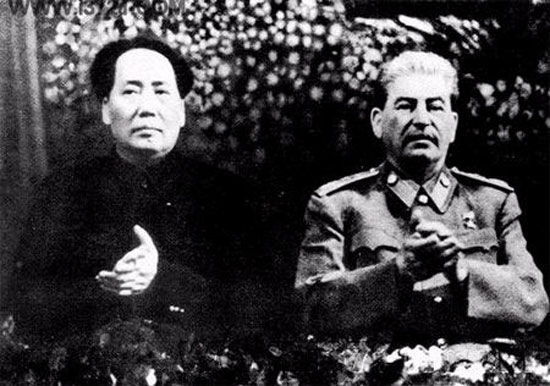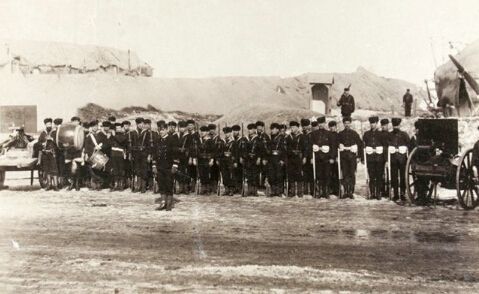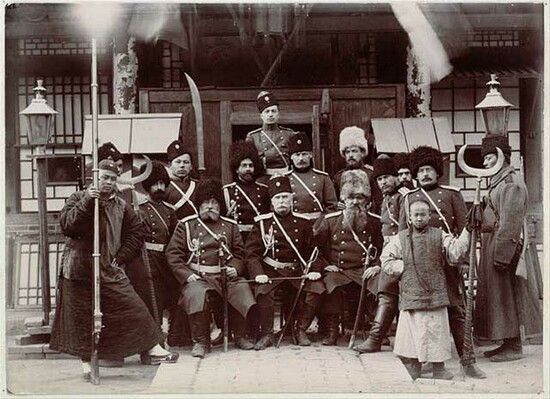Foreign Relations of Modern China
3 min readAfter World War II, the western world and the eastern world faced off. As soonas the People’s Republic of China was founded, the Chinese government started frequent diplomatic activities.
In terms of relations with neighboring and friendly countries, China proposed the Five Principles of Peaceful Coexistence, namely mutual respect for each other’s sovereignty and territorial integrity, non-aggression, non-interference in each other’s internal affairs, equality and mutual benefit, and peaceful coexistence.These magnanimous and open principles, which were not bound by ideology and socia system, were gradually recognized by the international community, and became basi principles for conducting international relations. At the Bandung Conference of1955, China insisted on the guideline of “seeking common ground while reservingdifferences.”The participants reached an agreement of Ten Principles under the Five Principles of Peaceful Coexistence, promoting unity and cooperation among Asian and African countries.

In 1971, the 26th General Assembly of the United Nations (UN) approved the proposal overwhelmingly, recovering all legal rights of the People’s Republic of China in the UN.
The Ping Pong Diplomacy and the secret visit of Kissinger to China in 1971 revived Sino-US relations. US President Richard Nixon visited China in 1972, and both sides signed the Sino-US Joint Communique, emphasizing the conduction of Sino-US relations under the Five Principles of Peaceful Coexistence. In 1979, China and the United States established formal diplomatic relations.

Japanese Prime Minister Tanaka Kakuei visited China in 1972,and signed the Agreement of Relation Normalization between China and Japan,marking a new era in Sino-Japanese relations
As relations between China and the US and Japan improved,many western countries established diplomatic relations with China.
Since the 1980s,China has continued to insist on the Five Principles of Peaceful Coexistence.China did not ally with any big country or big groups of countries.Rather China developed friendly and cooperative relations with all counties.China’s independent and peaceful diplomatic policies have been enriched and improved,and a new full-range diplomatic pattern was formed in the 21st century.
China has also contributed to regional peace and stability. China joined APEC (Asia-Pacific Economic Cooperation) in 1991 and played an important role in the APEC cooperation progress. China signed the Foundation Declaration of Shanghai Cooperation Organization with Russia, Kazakhstan, Kyrgyzstan, Tajikistan and Uzbekistan in Shanghai, to establish the Shanghai Cooperation Organization. In addition, trade cooperation between China and ASEAN developed in an all-around way, with the China-ASEAN free trade zone being established in 2001.

Since China recovered its lawful seat in the UN, the country has carried out activities in accordance with the objectives and principles of the UN Charter and is trusted and recognized by the international community. As a permanent member of theUN Security Council, China actively takes part in peacekeeping actions and promotes the UN disarmament plan, making positive contributions to moderating the international situation and maintaining world peace.
By the end of 2009, China had established diplomatic relations with 171 countries in the world, joined more than 100 inter-governmental organizations, and signed almost 300 international treaties. Today’s China insists on peace, development and cooperative principles, an independent foreign policy of peace,a peaceful development approach, and an opening-up strategy of mutual benefit, and continues to endeavor to play a constructive role in international affairs and urge the international order to develop in a more reasonable and just direction.
0ctober 1,1949 witnessed the establishment of the People’s Republic of China. Chairman Mao Zedong declares the Announcement of the Central People’s Government on the Tian’ anmen Rostrum.








